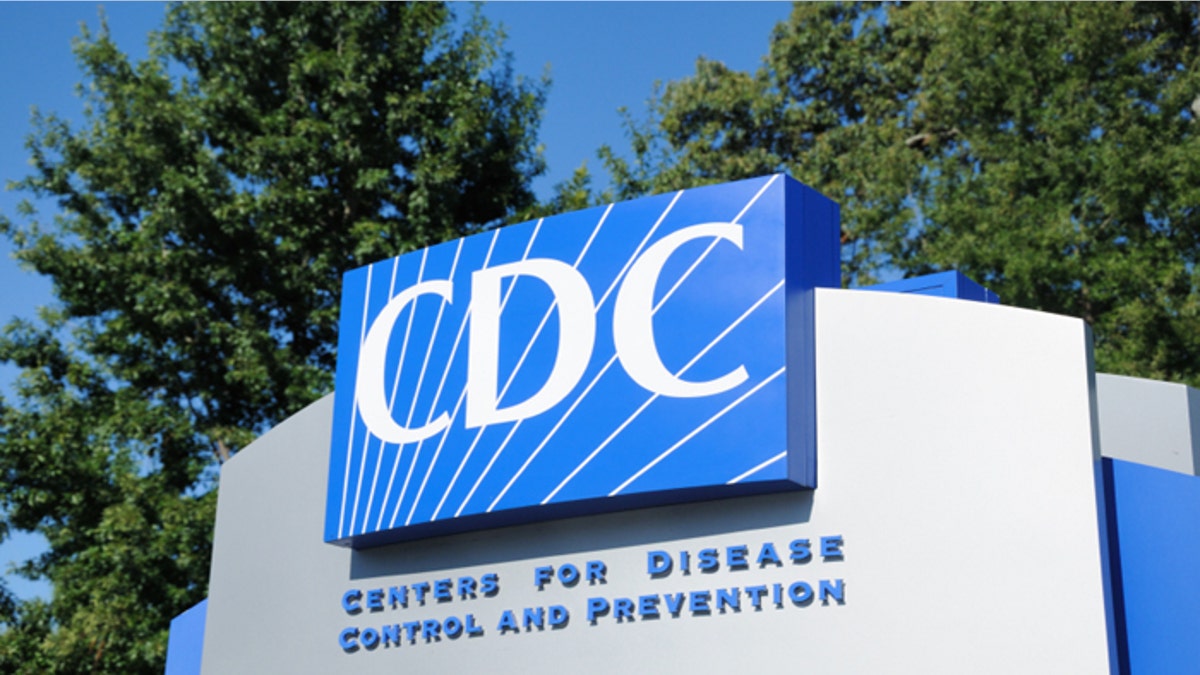
(W. Steve Shepard Jr.)
Is the government capable of doing anything right?
Today, officials for the Centers for Disease Control and Prevention (CDC) announced that they recently discovered decades-old vials of smallpox that had been packed away in an old storage room. Government workers found the vials in a forgotten cardboard box while they were cleaning the space.
This news is mind blowing to me. Smallpox is one of the most lethal viruses on the planet, and many often speculate that this disease could one day be harnessed for potential bioterrorism purpose – especially because millions are not immune to it. Such a discovery of this kind should make us pause, and think, “How are our government health agencies being run?”
First and foremost, who’s in charge at the CDC? While the institute’s director may be Dr. Tom Friedan, the CDC is ultimately managed by the United States Department of Health and Human Services (HHS), which until recently was run by Kathleen Sebelius. And during her tenure, she was far too busy promoting her political agenda – convincing America to embrace ObamaCare – rather than paying full attention to all of the agencies of which she was in charge.
Recently, the CDC had another scare of its own, when the agency announced that 86 of its Atlanta-based workers might have been unintentionally exposed to anthrax. Fortunately, no infections have since been reported.
Additionally, don’t forget the recent scandal that plagued the Department of Veterans Affairs (VA). It was revealed that thousands of patients were not receiving timely care, and many veterans even died, either due to inefficiencies in the system or the intentional falsification of waiting lists. The entire episode led to the resignation of VA Sec. Eric Shinseki, who was held accountable for the department’s failings.
With all of these problems plaguing our national health agencies, one has to think that maybe it’s time we do a thorough analysis of the quality and functionality of the HHS and its respective agencies.
These smallpox vials were discovered in a building at the National Institutes of Health in Bethesda Md., which has been used by the U.S. Food and Drug Administration (FDA) since 1972. No one knows how they got there, and the only reason officials discovered these vials was because they were packing things up to move to another campus. Currently, scientists are studying these vials to determine if they still contain live viruses, even though they were kept at room temperature for decades.
How does a professional government laboratory miss that one? Under regulations put forth by the World Health Organization, there has to be strict accountability of all smallpox vials, which are typically kept under very tight security in either Atlanta, Ga. or in Russia.
This whole mess can be explained by the government’s failings. When bureaucrats pollute the functionality of scientific organizations, people become more worried about surveys and paper work, and quality goes down the tubes.
In light of this finding, I think Congress should take a closer look at the quality and performance outcomes of the CDC, the FDA, and all our other national health organizations. We need to find out how such a mishap like this could happen, as well as what else has been going on in these agencies, because I think that clear and transparent answers must be revealed.




















